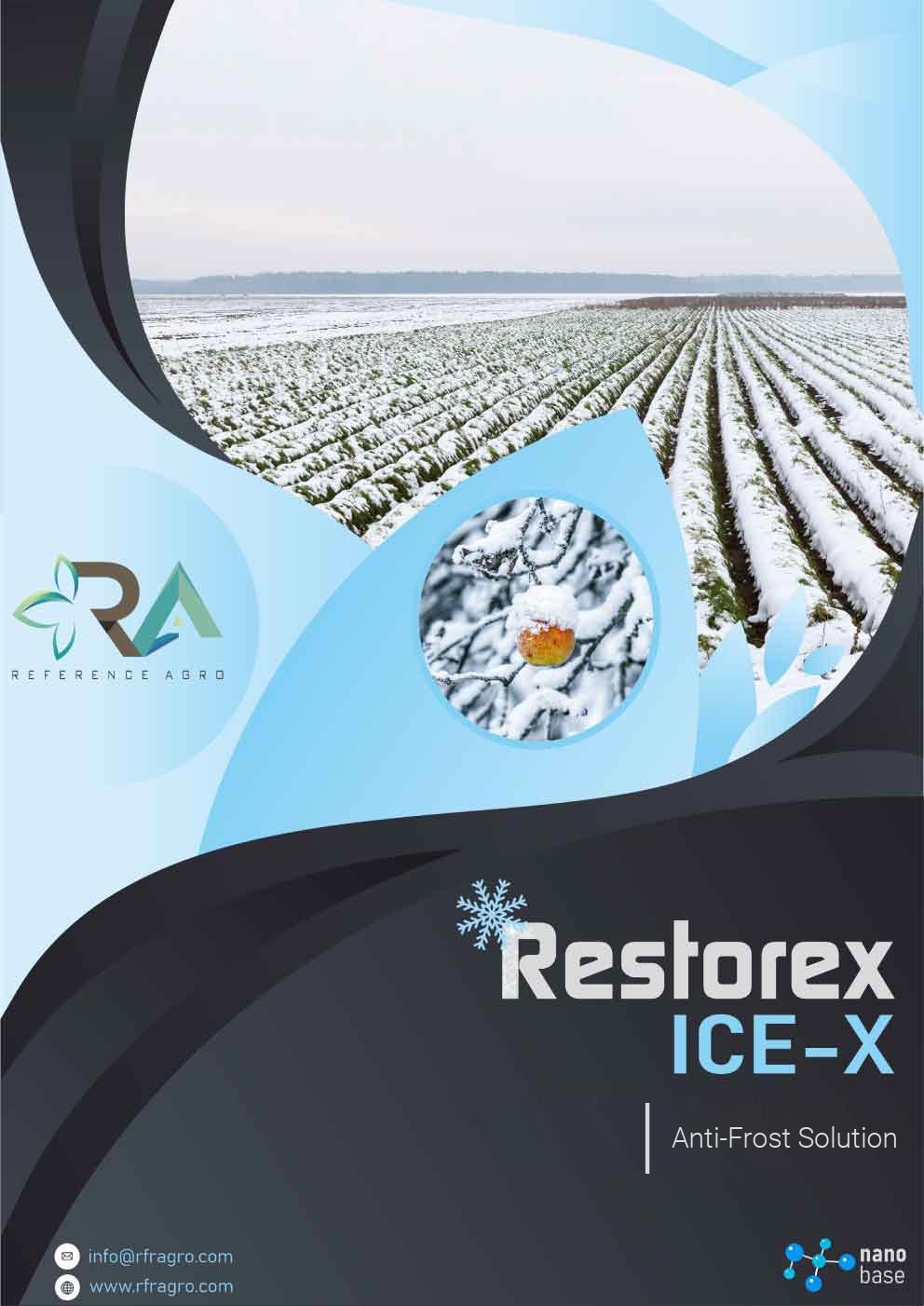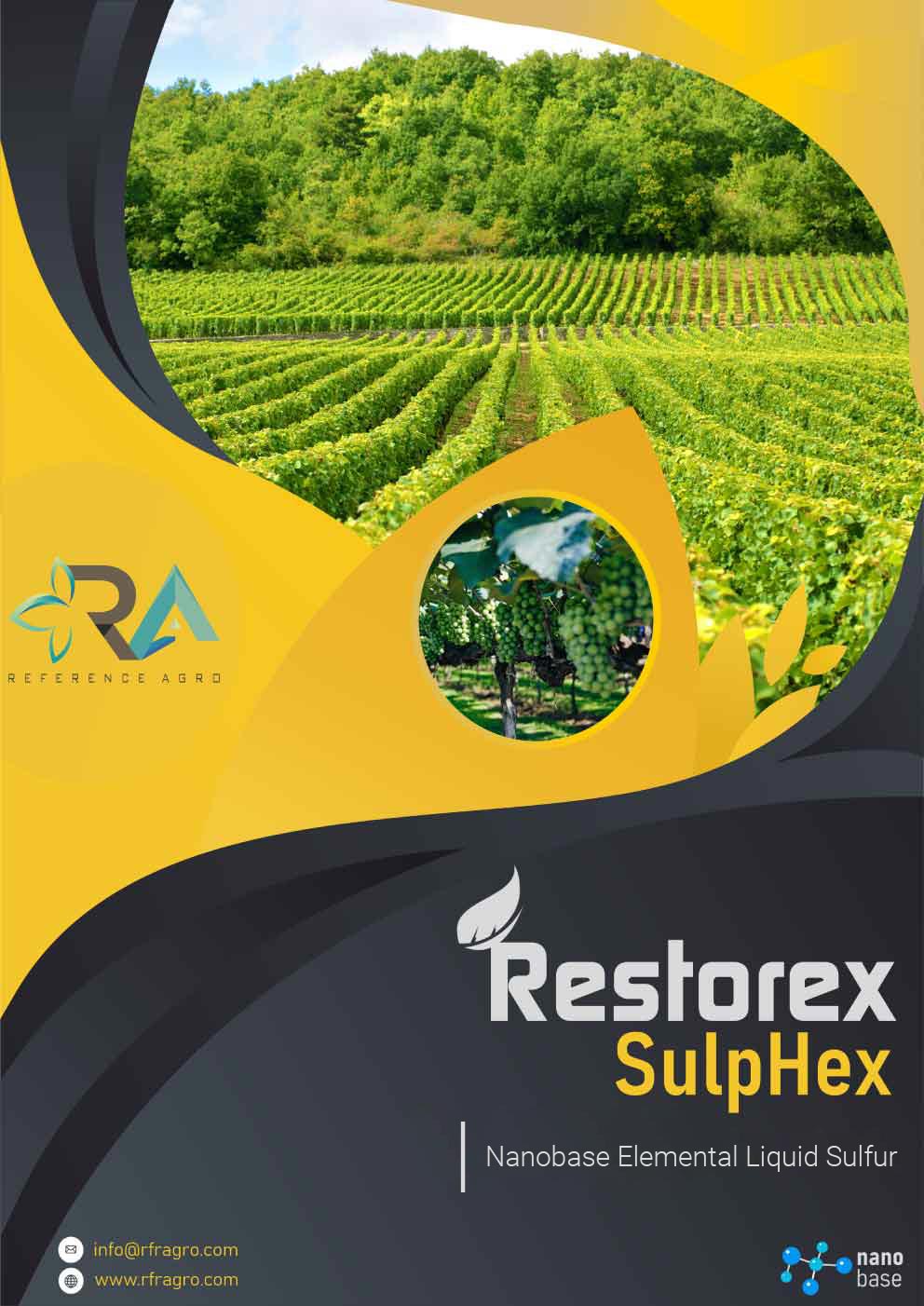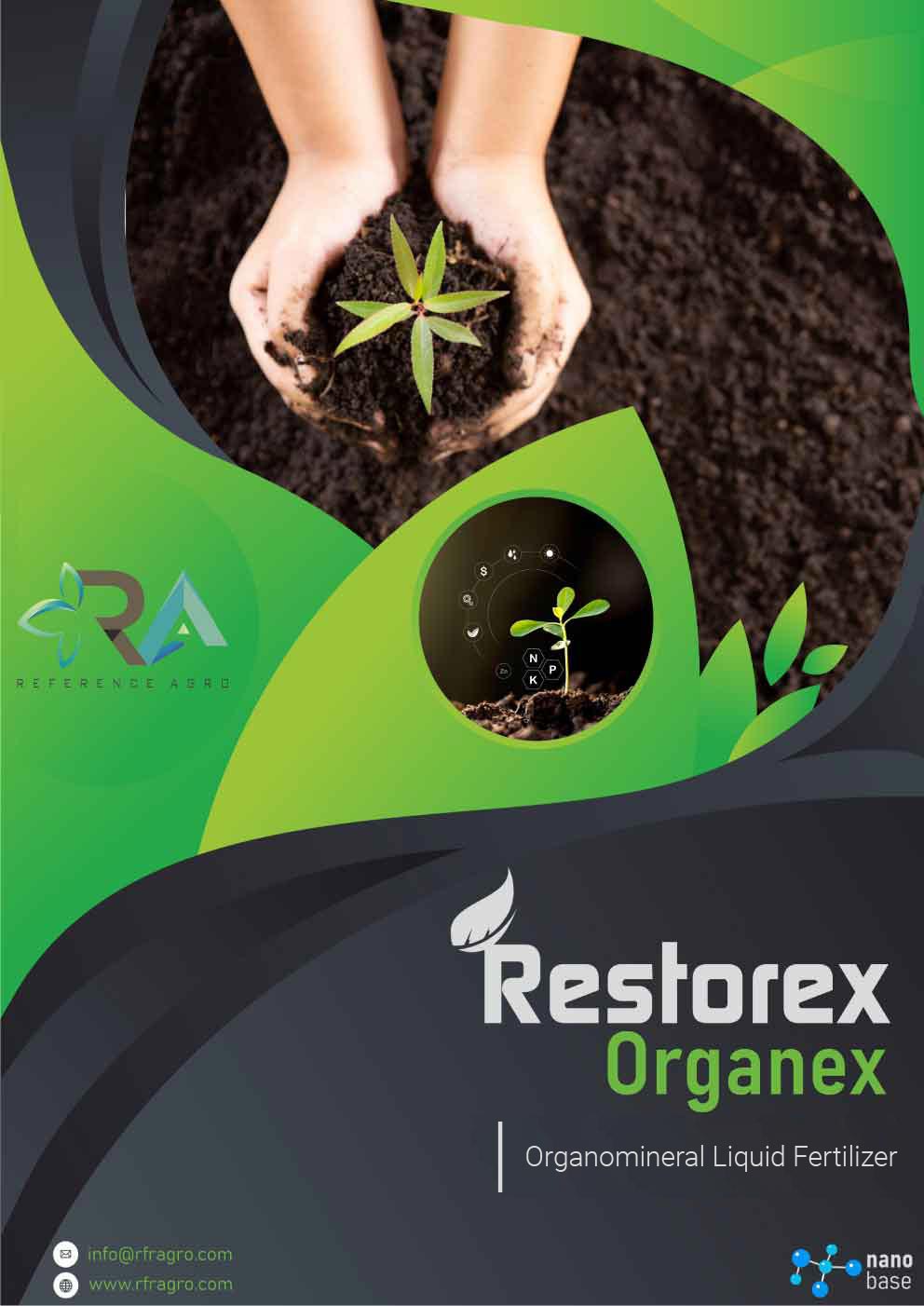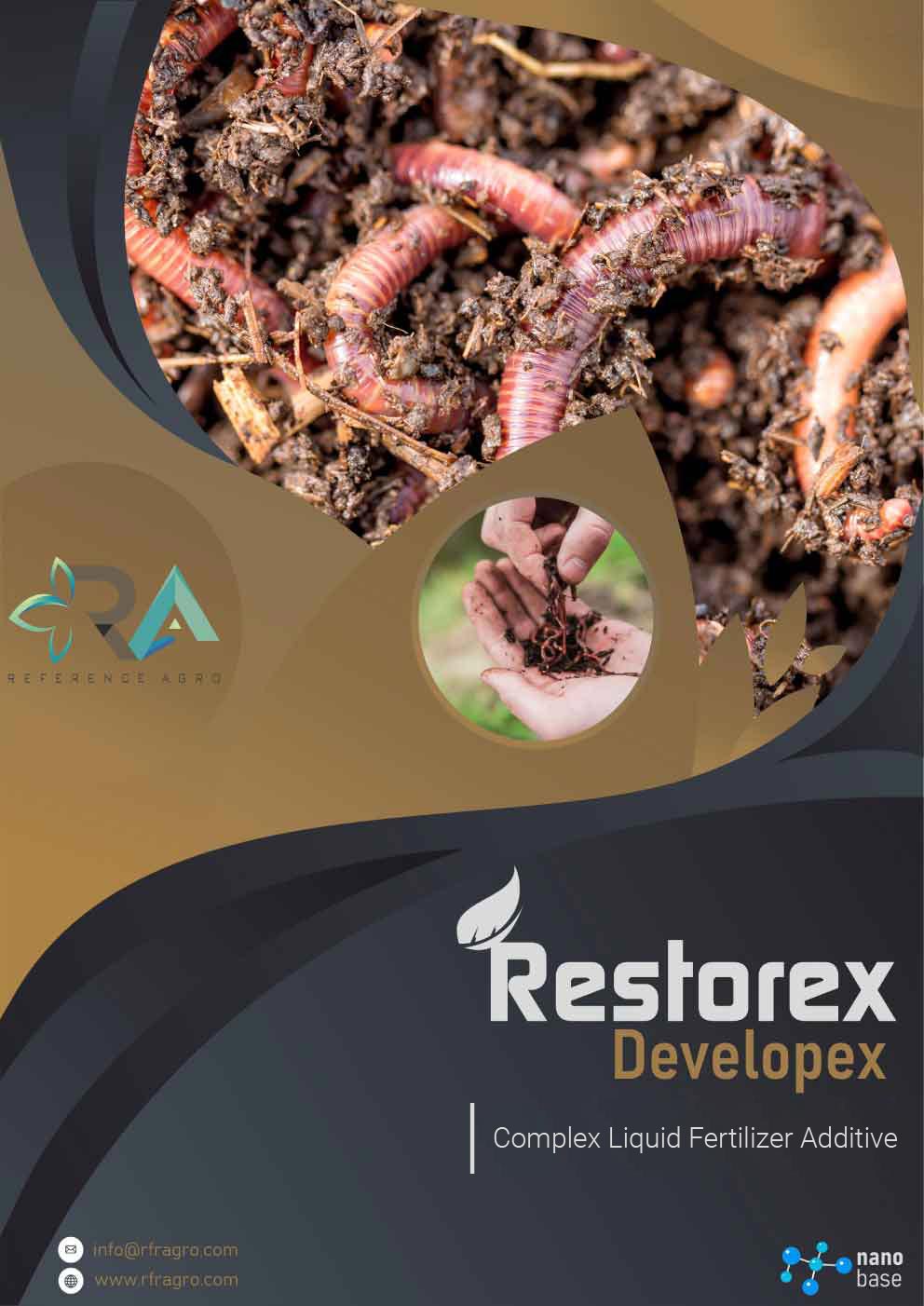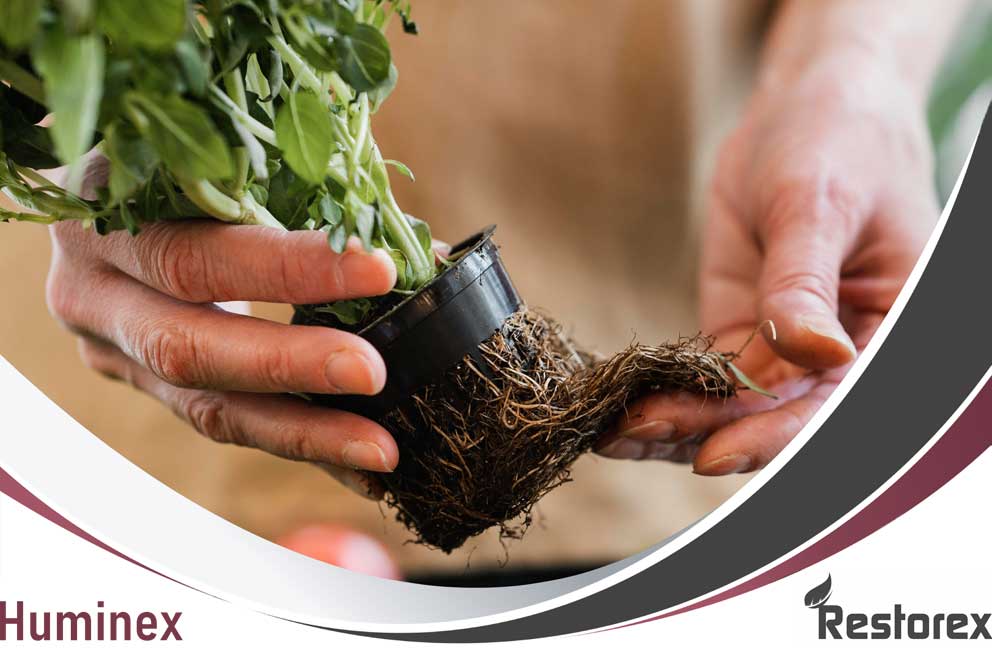
HUMIC AND FULVIC ACID
Humic acids are defined as heterogeneous natural resources with a high molecular weight, resistant to degradation, varying in color from yellow to black. They can be found in different concentrations in sources such as tori, turbid, animal manures, lignites and leonardite.
Effects of Humic and Fulvic Acid Use in Agriculture
- Humic acids have important roles in agricultural processes. They increase cation exchange capacity (CEC) and increase soil fertility; thus making mineral nutrients available to plants.
- Humic Acids retain water-soluble inorganic fertilizers in the soil, releasing as much as needed to growing plants. Humic substances especially reduce the negative effects of chemical fertilizers.
- Humic acid supports plant growth and development positively, especially by providing root development. Since this positive effect created by humic acid occurs more in the roots, it functions as a good rooting agent.
- Humic acid not only supports root formation but also increases the nutrient and water uptake of plants by stimulating the H-ATPase enzyme activity of stem cells. In parallel with the use of humic acid, there is an increase in the amount and quality of the product.
- The unique feature of humic substances is that they show buffering properties over a wide pH range. Humic acids hold the cations by bonding thanks to their negative charges, so they are easily absorbed by the plant roots, and the microelements that bind to the humic acids are separated and pass through the membrane of the cells in the root to the plant.
- There is competition between the nutrients in the soil, the applied nutrients turn into forms that the plant cannot take, and some losses are inevitable. E.g; Elements such as iron, copper, zinc, manganese can turn into metal carbonates, oxides, sulfites and hydroxides that cannot be taken up by plants in chalky soils poor in humic acids. Humic acids prevent the crystallization of elements such as iron and can chelate such metals and keep them around the root so that the plant can easily use them.
Contents
- Organic Matter 4%
- Humic and Fulvic Acid 12%
- Water Soluble Potassium 2%
- Nano Base Liquid 82%
Areas of Use
- Restorex-HUMINEX can be used in all greenhouse vegetables, open field vegetables, tuber plants, cut flowers, potted plants, seedlings, fruit trees and industrial plants.
- It is applied from the leaf-soil 3 times during the flowering, leafing and fruiting stages in fruit trees, and again from the leaf-soil 3 times at 20-30 days intervals, starting from the period when the plant has 3-4 leaves in all other plant species.
- For irrigation solution, 350 ml of Restorex-HUMINEX is added to 100 liters of water and mixed. With this solution, plant leaves are irrigated by sprinkling or fogging, and the soil is irrigated with a solution prepared according to general irrigation practices.
- When Restorex-HUMINEX is given from the soil by irrigation, it is used in the range of 1.5-2 Liters/Da. It is applied as 80/100 mI/tree in soil irrigation in trees.
- Manufacturers use excessive amounts of chemical fertilizers to improve product quality and quantity. Excess fertilizer applied to the soil both disrupts the structure of the soil and brings a great economic burden. There is no doubt that there will be a decrease in the amount of fertilizer applied by preventing the loss of nutrients in the soil due to the chelating ability of humic acid. Thus, the use of humic acid can make a great contribution to the country's economy.
- Humic acids slow down the evaporation of water in the soil, and reduce the evaporation of water by 3% in sandy and clayless soils.
- Pesticides and herbicides are widely used in the cultivation of agricultural products in the world, and the movement of these chemicals in the environment is vitally important. Due to the ion-exchange capacity of the reactive side groups of humic compounds, it is of great importance in the role of binding pesticides by displacement reactions of these compounds. Humic substances interact with pesticides and herbicides to form stable structures, making them harmless to plants and groundwater.
- Since humic acids do not contain chemicals, there is no harm in using them in organic agriculture. Thus, human health will be protected while supporting plant growth with the use of humic acid.
- Many studies conducted in recent years have revealed that humic acid plays a major role in the growth and development of various cultural forms and natural plants, as well as stress factors such as thirst and salinity, and the negative effects of toxic elements.

